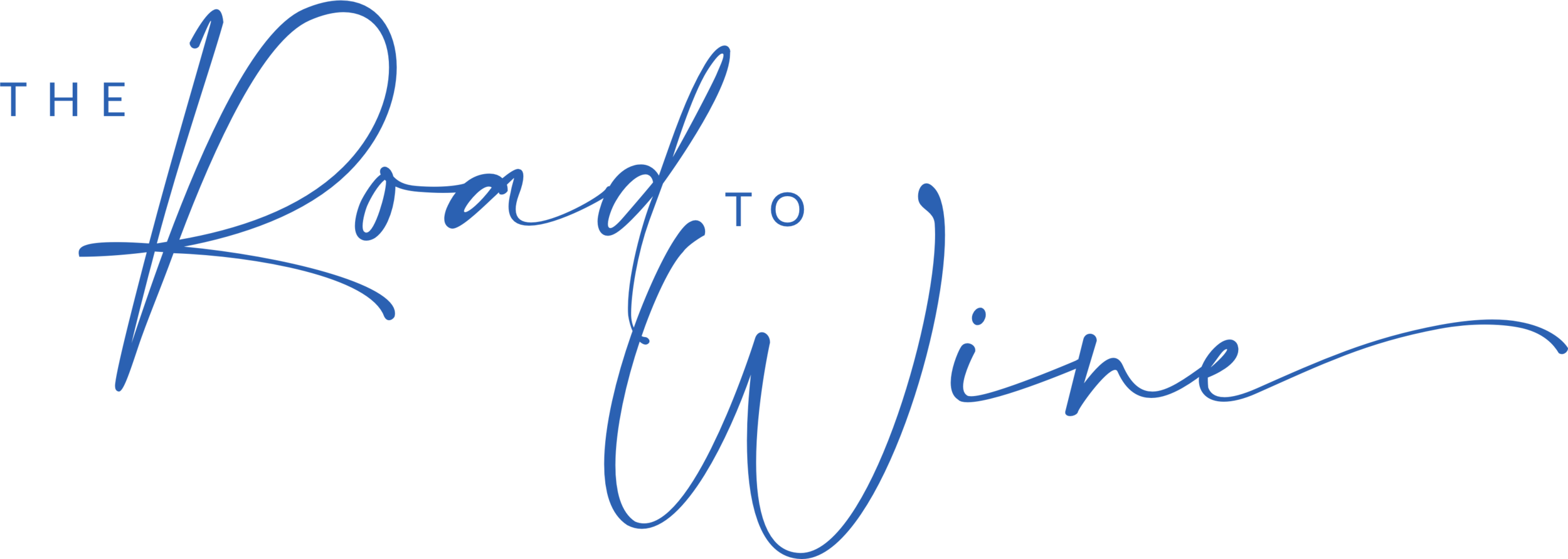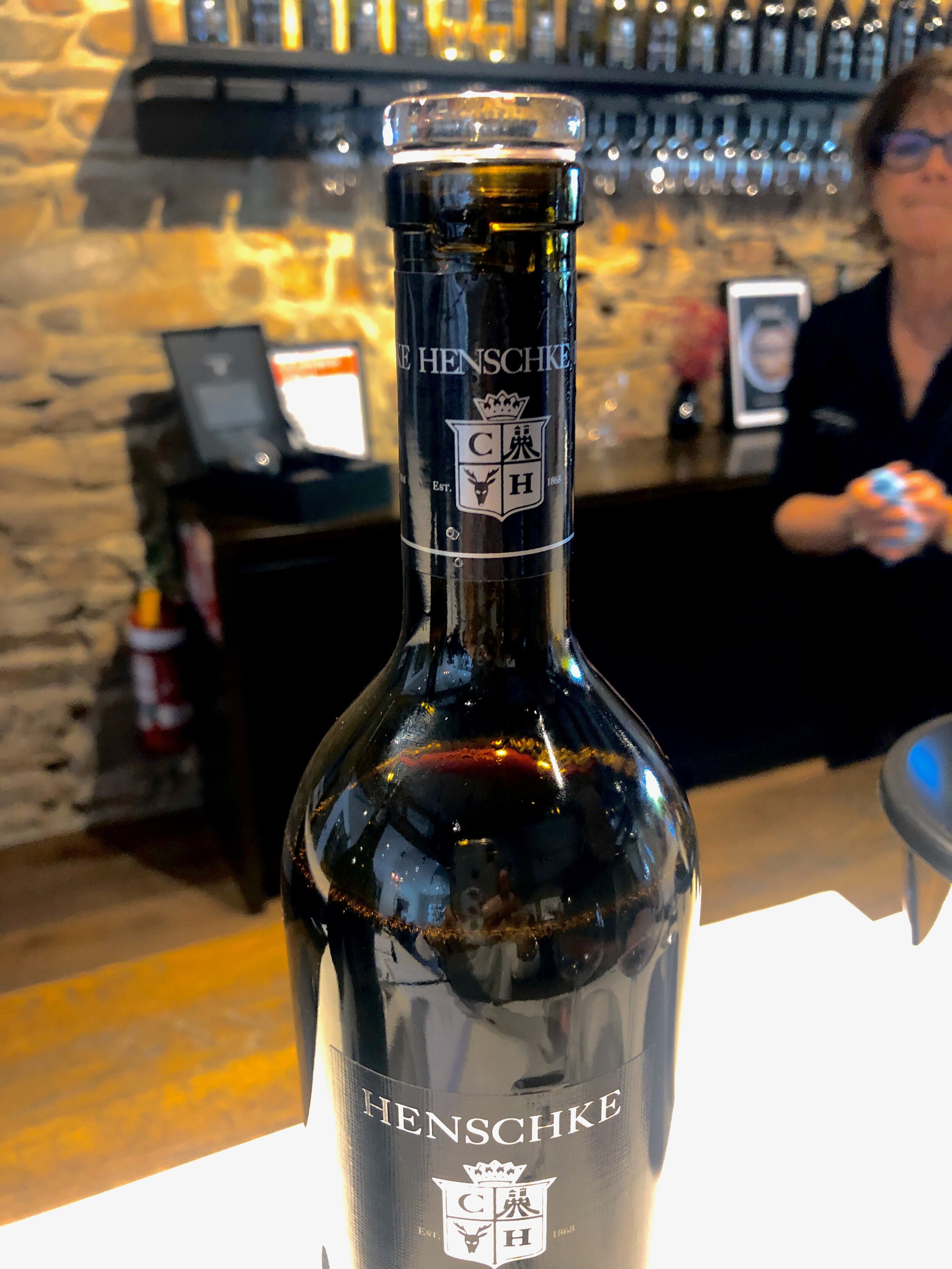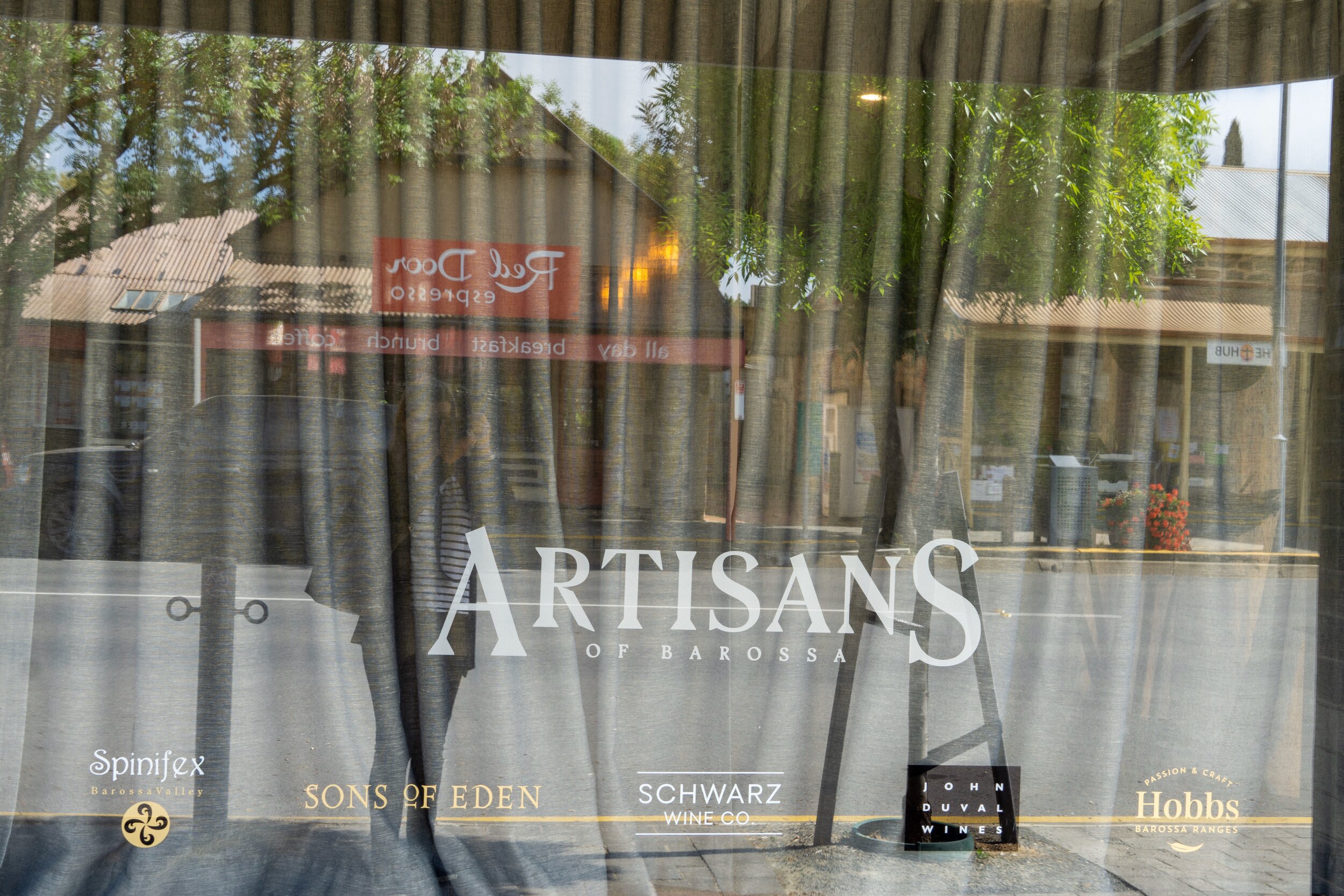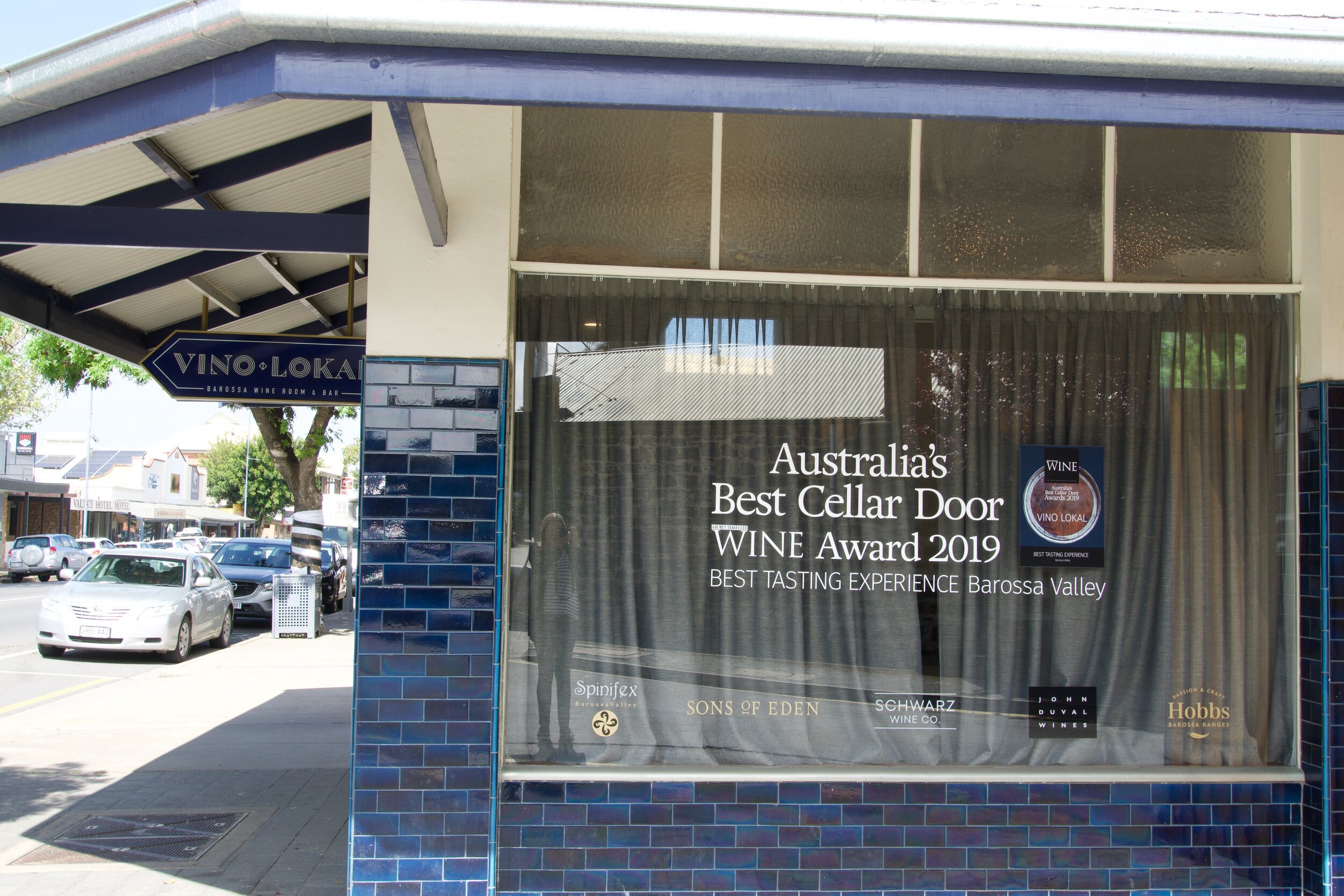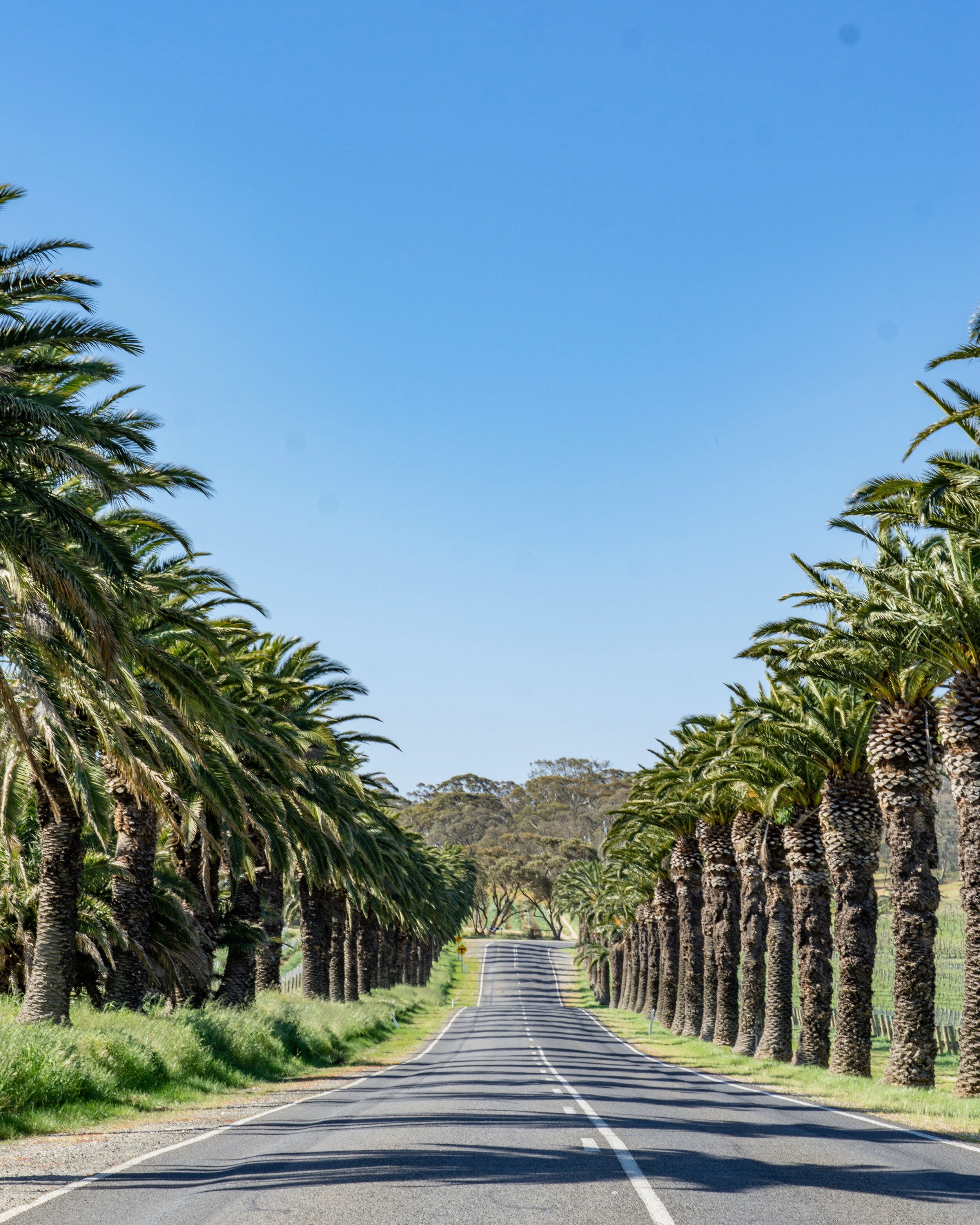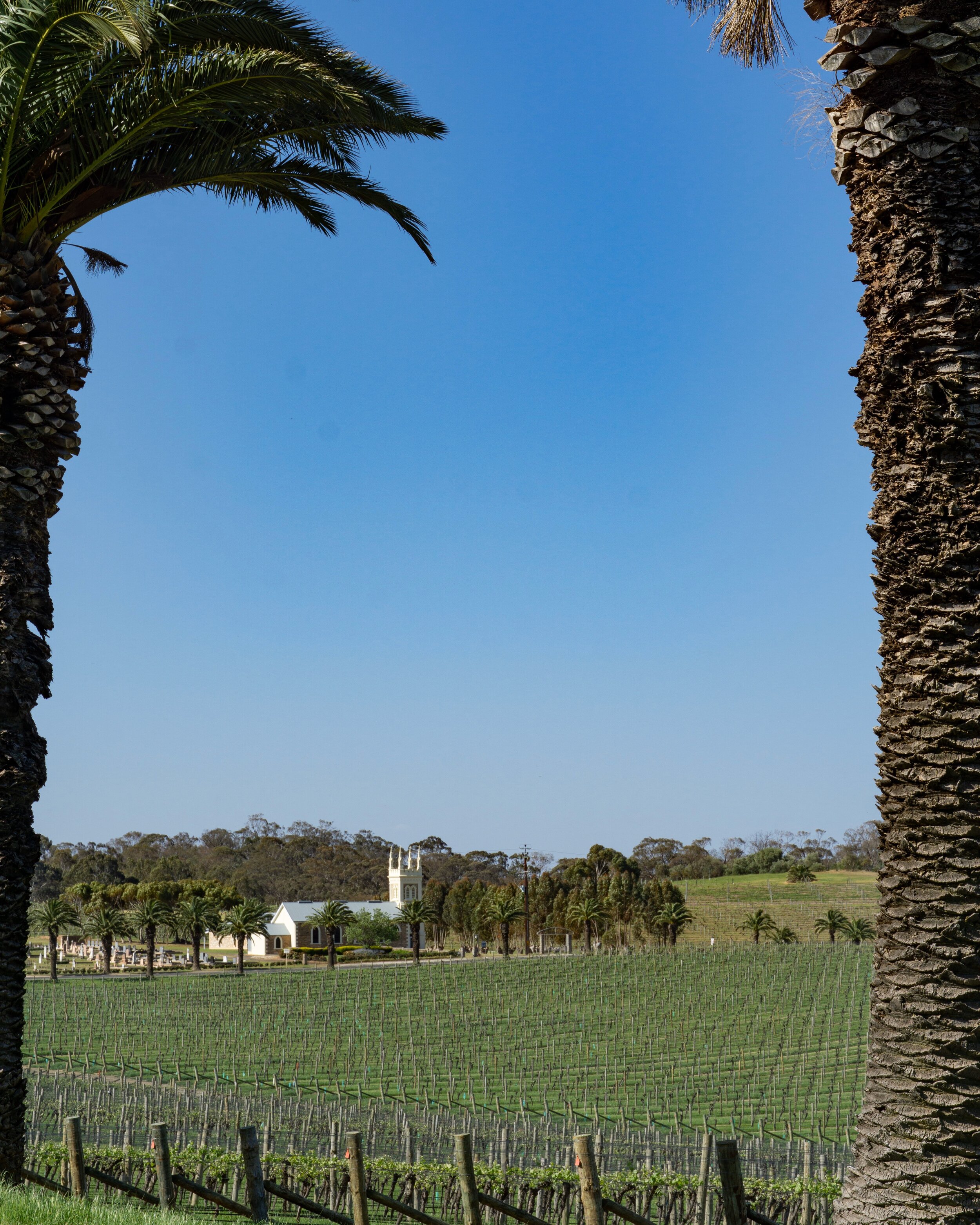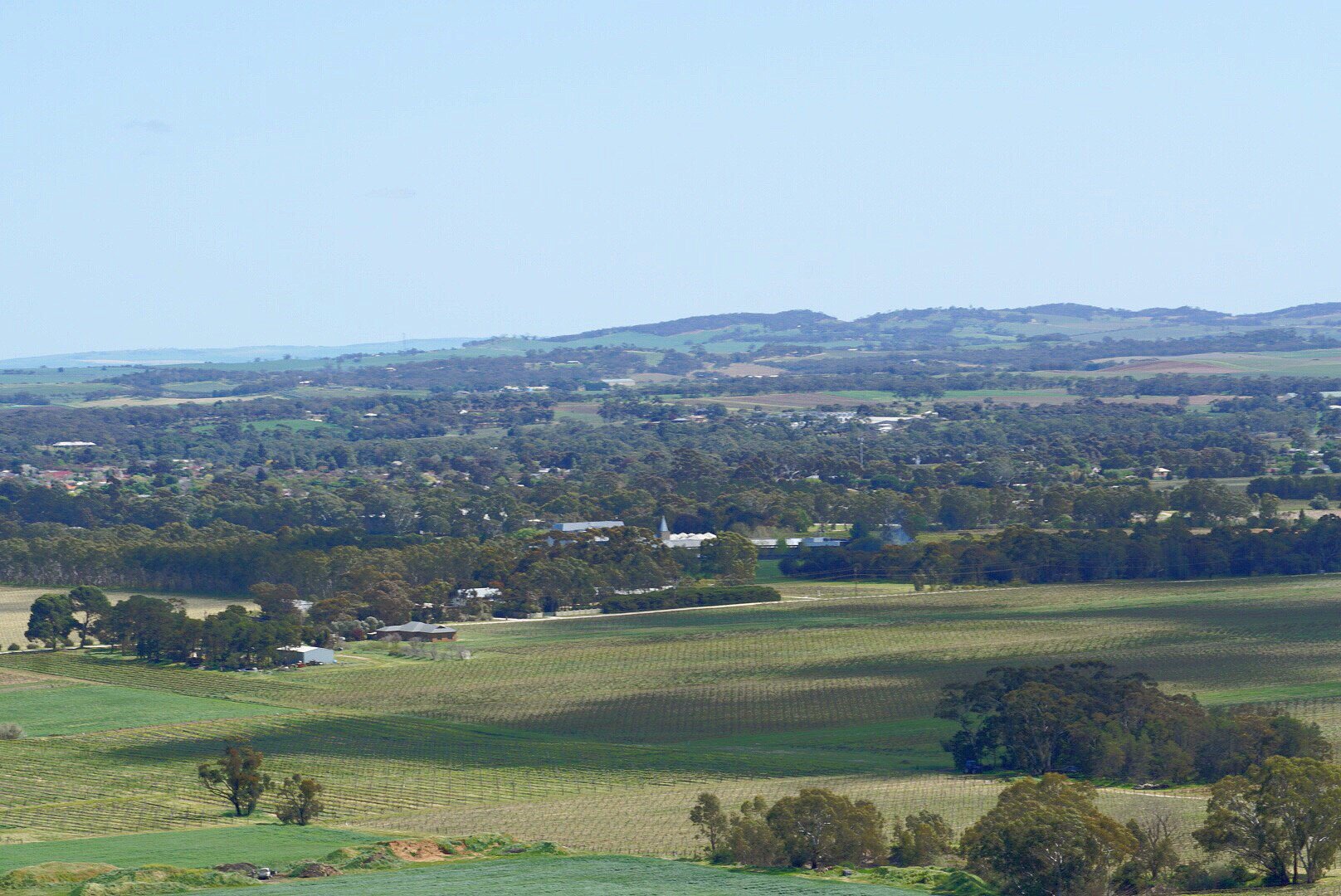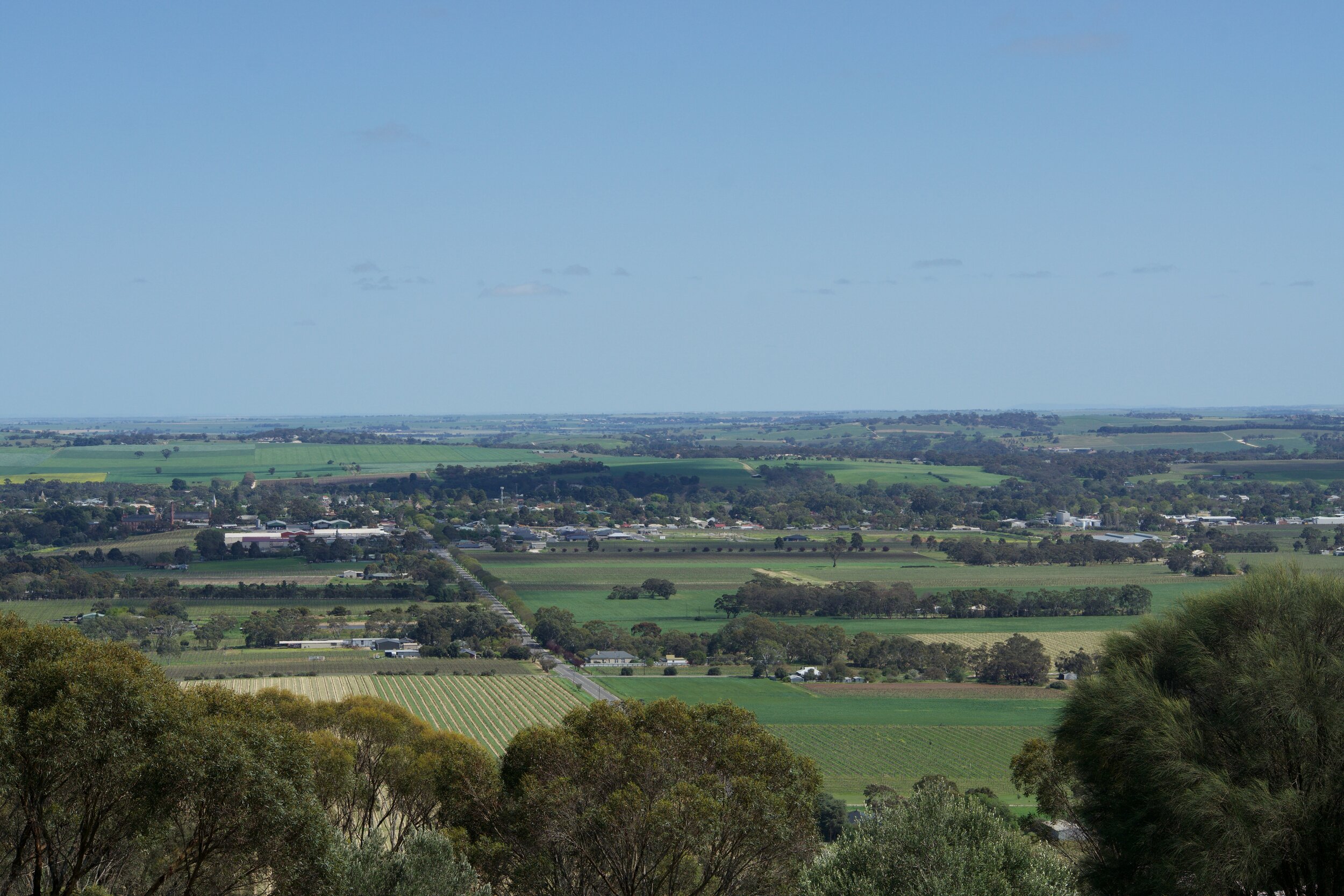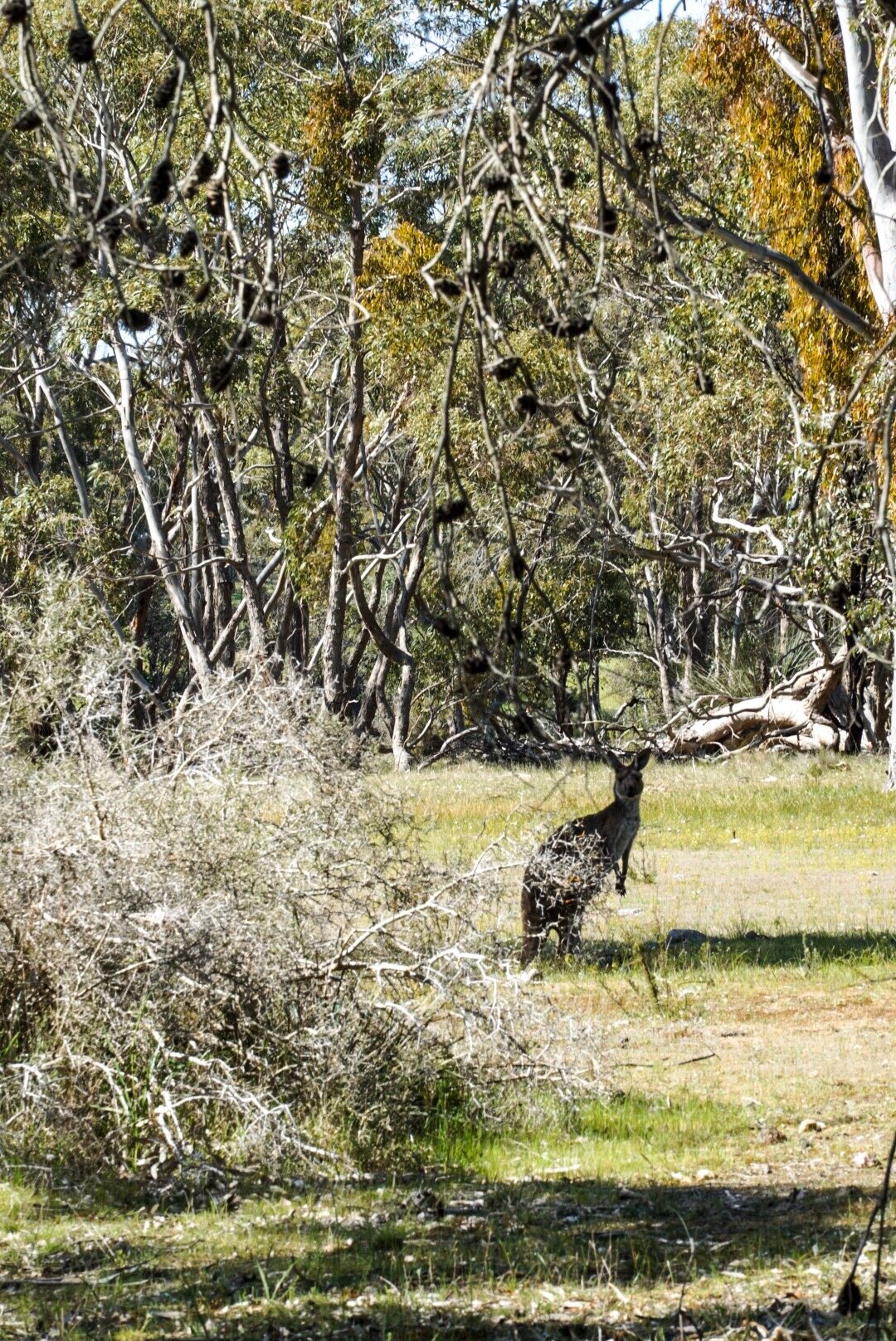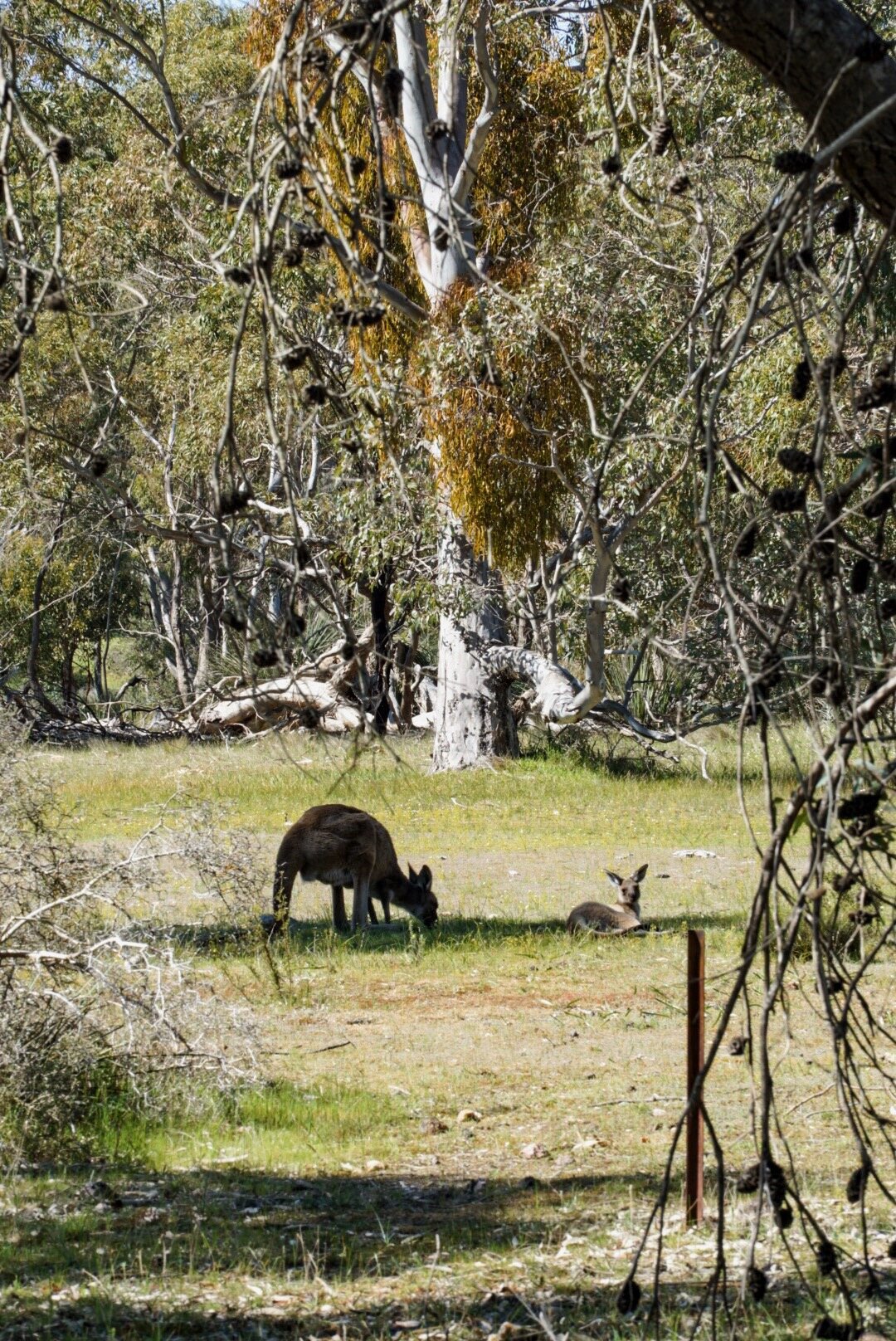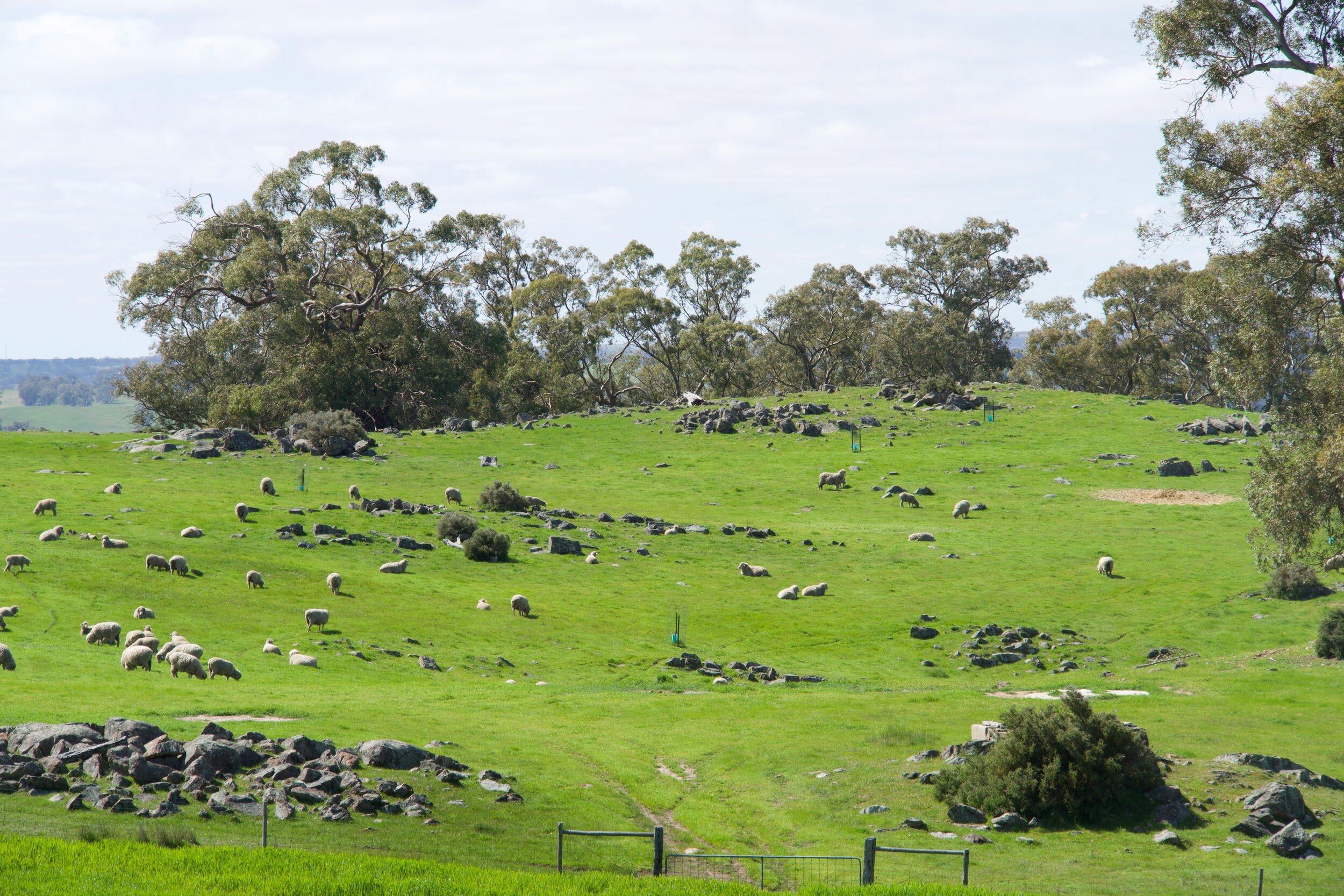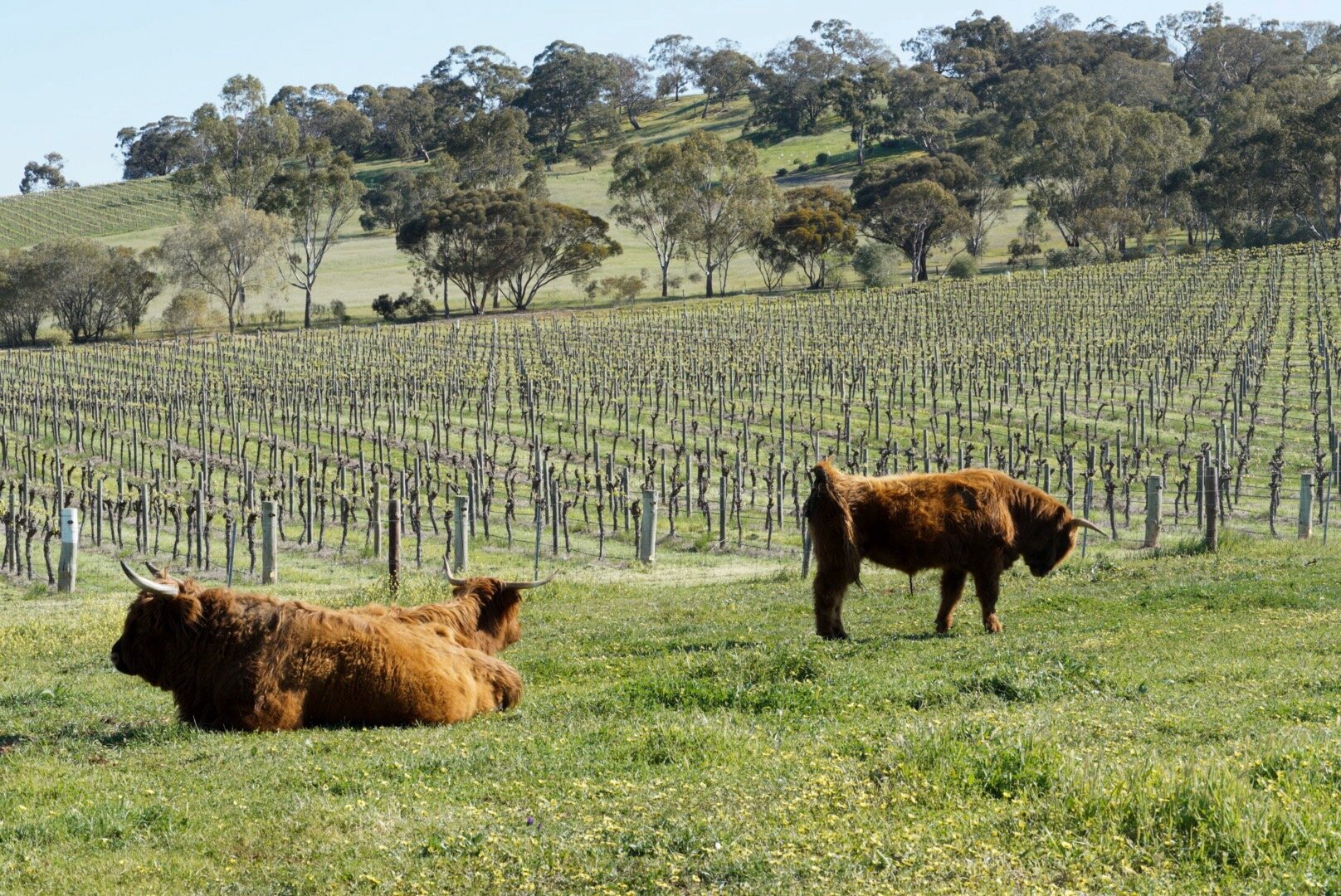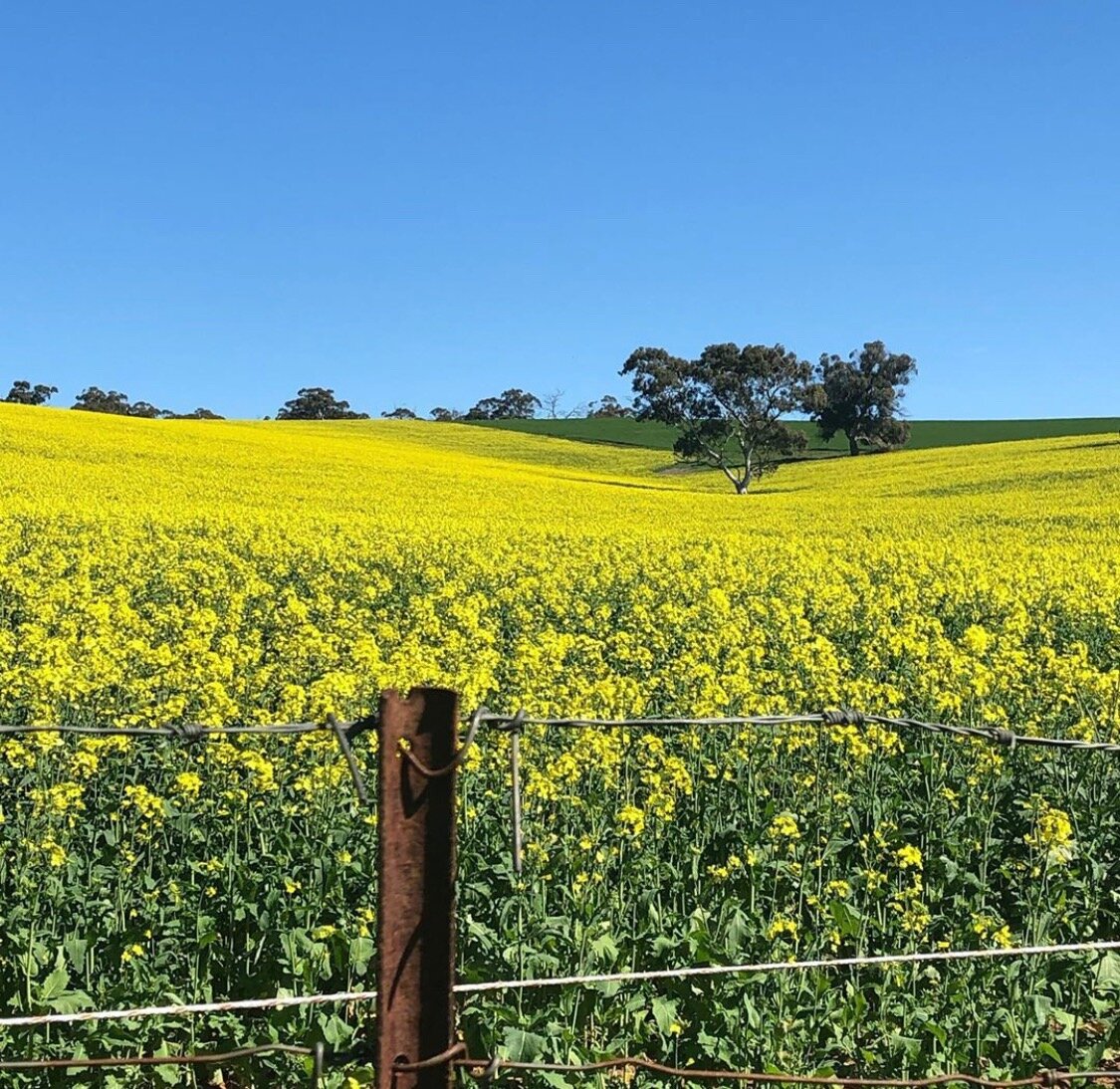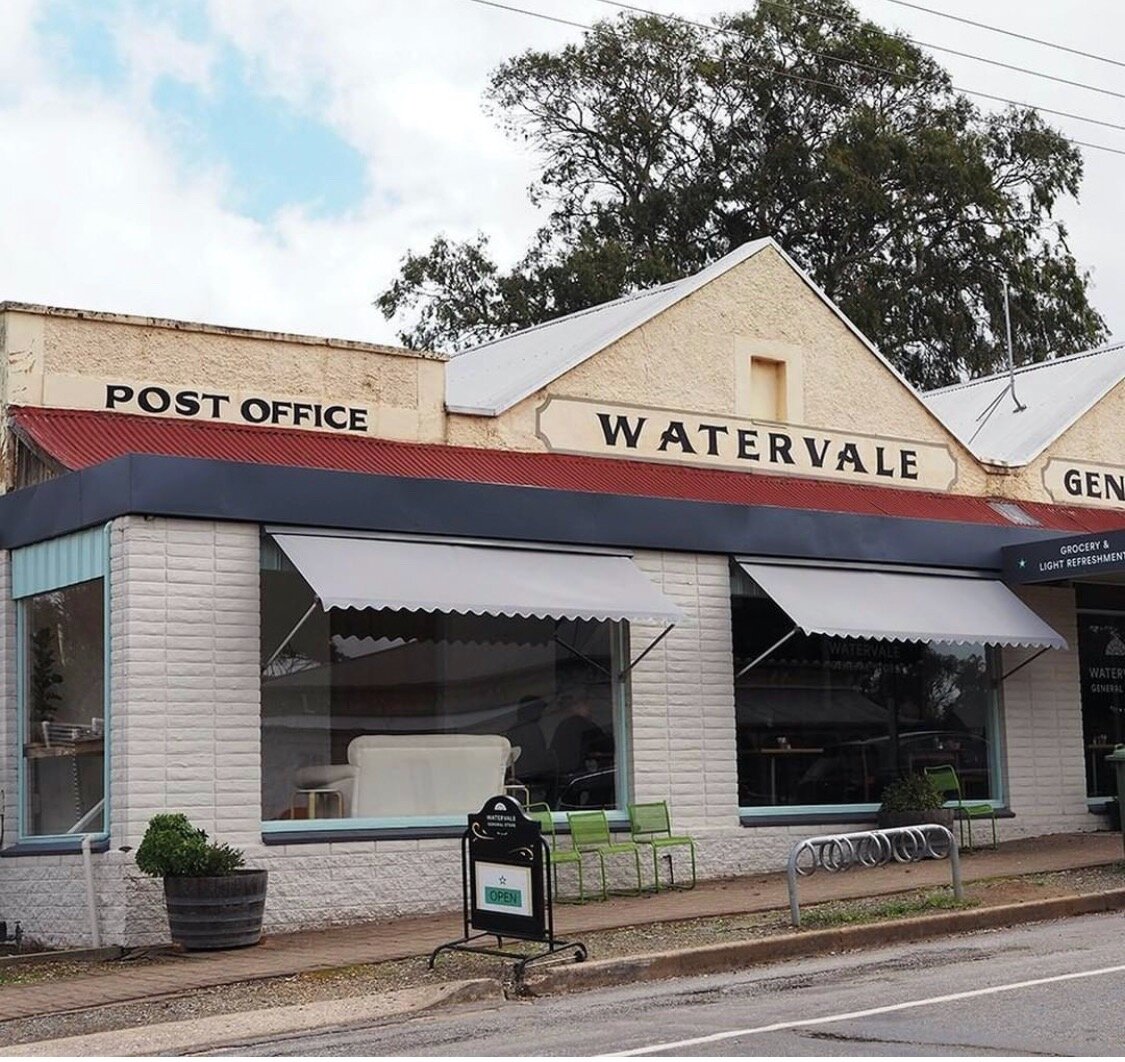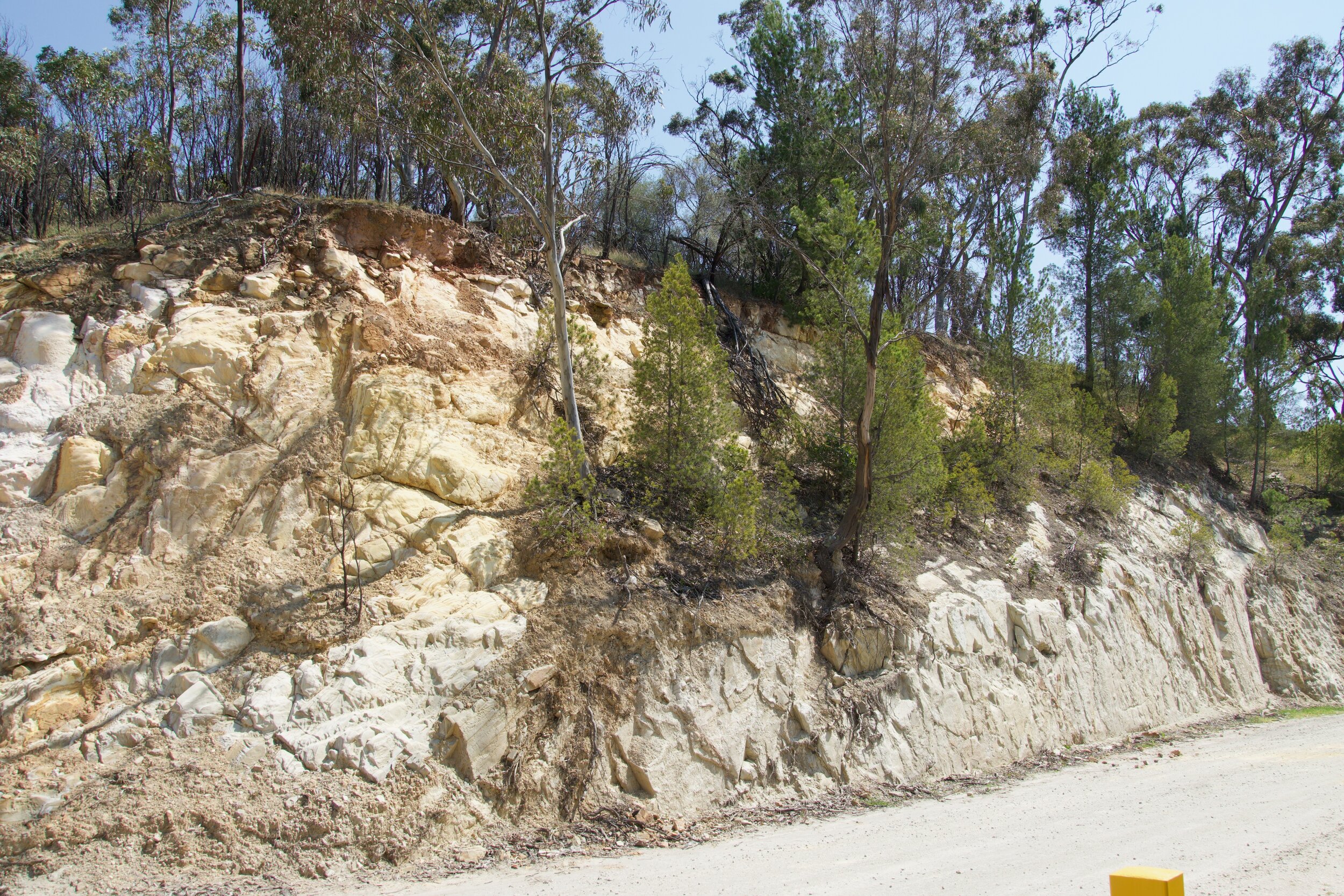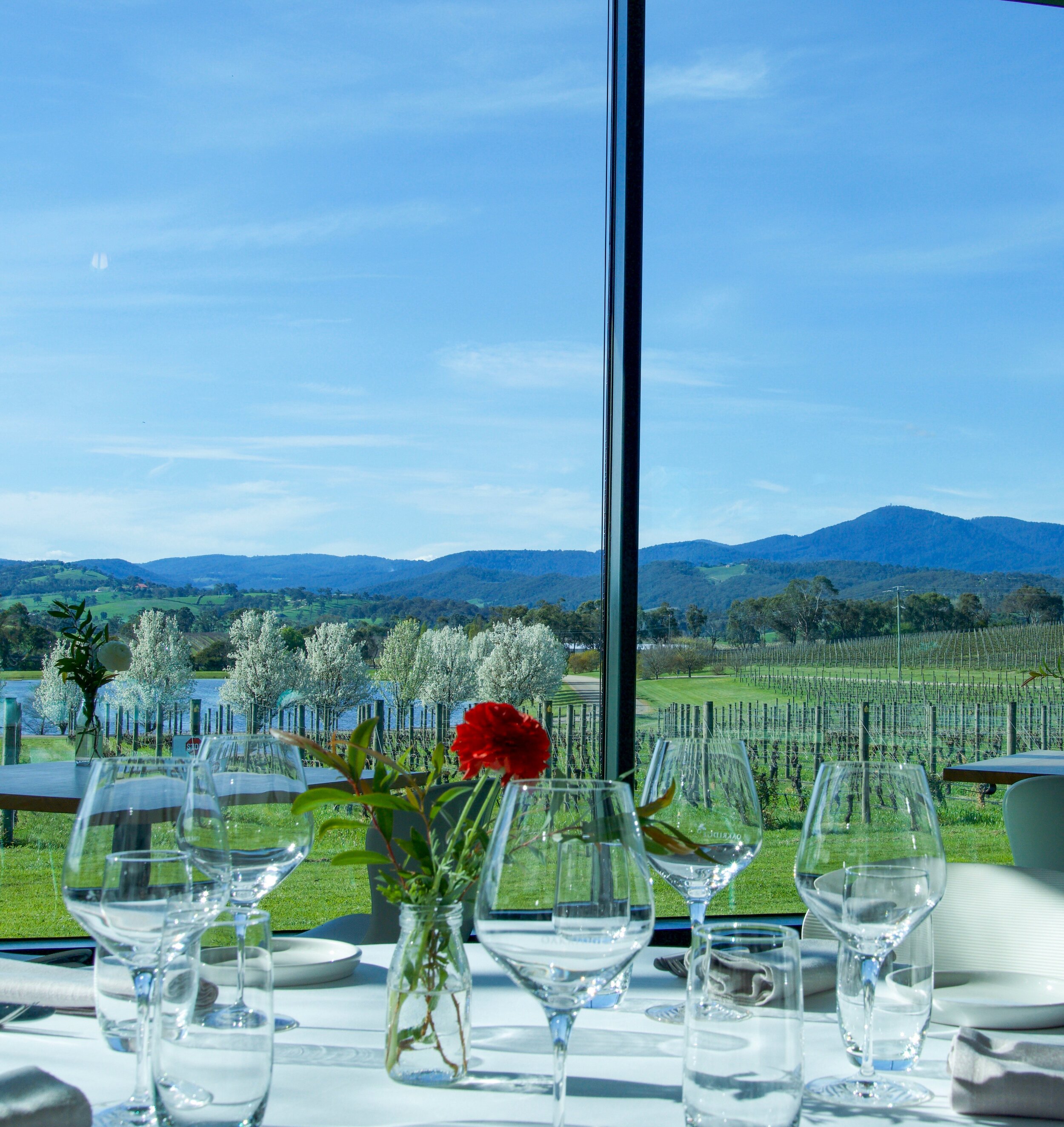Australia: Travel Guide
Australia had been on our wine travel list for a long time, and as we began planning, we realized we couldn't do it all. Australia is a vast place, comprising roughly the same landmass as the United States. With six different states and more than sixty wine growing regions, we knew we had to narrow down and determine where to focus. When we began researching, we found many of the historical wineries, and wines we wanted to try, were concentrated in South Australia. We focused there and made plans to visit Barossa Valley, Clare Valley, Adelaide Hills, and McLaren Vale. Barossa Valley, for its historical significance, possessing some of the oldest vines in the world. Clare Valley, for the Riesling Trail; as a Riesling lover, this was on my "must" visit list. Adelaide Hills, with it's cooler climate would provide additional diversity, and being the closest to Adelaide, it was a natural addition. And lastly, McLaren Vale, because we were excited about the diversity of Mediterranean grape varietals being grown there.
With a direct flight from Los Angeles to Melbourne, we decided to spend some time in the state of Victoria before flying to South Australia. This allowed us to explore the Yarra Valley and Mornington Peninsula regions. With Melbourne so close to the Great Ocean drive, I'd seen enough spectacular photos to know we had to add this to the agenda too.
I have to call out the Australian Instagram Family, who were so helpful sharing all of their local knowledge. So many people shared their favorite wineries, and as the list grew, we knew we'd never be able to visit them all. My process of narrowing down our visits consisted of a spreadsheet of all the winery recommendations. Those with multiple recommendations rose to the top. I also used the Halliday Wine Companion as my go-to guide. James Halliday has been critiquing Australian wine for over thirty years, and each year he and his team announce various Australian wine industry awards, including; Winery, Winemaker, and Wine of the year. His book shares his choices for the best wineries by region as well as the best by varietal. Taking all of this into account, I also try to have a mix of historically significant producers, and some small family-owned wineries.
I've been asked, "what surprised you the most in terms of Australian wine," and I'd have to say diversity; I had no idea the breadth of wine being produced. This would be closely followed by quality and drinkability. I can't think of any occasion where we didn't like many wines, and although some certainly had the capability to age, many of those just released were already shining.
One of the things we found unique to the Australian wine industry was the use of screw tops. It was indeed a topic of discussion with the winemakers who've mostly converted, stating cork has a failure rate between 10 and 50 percent. Some still utilize cork on their high-end wines, more for the tradition associated with opening a bottle. Henschke uses the Vinolok closure, a glass stopper which they believe is an ideal replacement for cork. Their studies have shown for the same cost, it has close to zero failures, and wines will maintain their color, aroma, and structure for an extended period of time.
The term Shiraz versus Syrah was also a topic of discussion. For some time, Australian Shiraz was associated with big, bold, jammy wines. That winemaking style has definitely evolved, and a variety of styles are being produced today. Some of the new generation winemakers have begun using the term Syrah instead to indicate this shift explicitly. Whether or not they were on board with the new terminology, all seemed to want to achieve balance, elegance, and more site driven characteristics. This wave of producers want to work naturally, picking earlier to preserve acidity, and using alternative forms for production such as concrete and large oak.
Highlights of our discoveries in exploring Australian wine;
Dry Riesling; both Clare and Eden Valley, these Rieslings can definitely hold their own to old world. We had to stop buying so many or our entire suitcase would have been filled. We knew we couldn’t say, we went to Australia to bring home white wine 😂
The Grenache; it’s not all Shiraz, this is a grape that shines in South Australia and Victoria. The aromas on some of these wines will make you want to swoon. These ended up being some of my favorite wines.
The International or “Alternative” varietals; from Fiano, Aglianico, Nero d'Avola, to Tempranillo, to Touriga Nacional.
There are many other Aussie terms we picked up along the way, but I'll leave those out, so you have something to discover on your own. What follows is an overview of traveling to two states, Victoria and South Australia.
The specifics of the wine regions we explored and wineries will be highlighted in additional blog posts.
South Australia
Barossa and Eden Valley
Our first time driving on the "left-side" of the road was the fifty miles from the Adelaide airport to Tanunda, the small town in Barossa Valley where we stayed. We may have done some damage to a few curbs, and you have to wrap your head around driving in the roundabouts, but you quickly get the hang of things. We said, just go against all of your instincts, and that's probably correct. A good reminder is the driver is always in the center, just like in the states. We thought everyone was particularly attentive, driving the speed limit. Little did we know there must have been cameras everywhere because we returned home to three speeding tickets (ouch).
In terms of atmosphere, wine country definitely has a laid-back feel, and you'd be comfortable in jeans and tennis shoes. Tanunda is the largest town in the Barossa Valley, and we enjoyed many superb restaurants that utilize local ingredients and often with a wine pairing. One that we can highly recommend is FermentAsian; this place had the most exciting food and wine pairings and a wine list that went well beyond Australia. The ingredients are mostly sourced from their own garden with dishes based on the chef/owner's northern Vietnamese homeland. Put yourself in their hands and let them take you on an amazing culinary experience.
We stayed at the Lanzerac Country Estate, a family affair with an abundance of hospitality (after making your dinner reservations, they'll even drive you to and from the restaurant). Located in an idyllic setting just off the downtown of Tanunda, it seemed nearly every winery we visited was fifteen minutes away or less. I love the story behind the Inn; Justin and Casey were having dinner with Justin's parents. After several bottles of wine, they decided to move the kids to the country, and having both sets of parents nearby was best for all of them, so they all up and moved. Their boutique Bed & Breakfast has been a labor of love, and they'll share their passion for Barossa with you.
While strolling through the town of Tanunda, stop in at the Artisans of Barossa, a small wine tasting shop which promotes the art of small-batch, sub-regional Barossa winemaking. We especially enjoyed the wines of John Duval. The Duval family managed the vineyards for Penfolds for five generations. John was the first to transition from growing grapes to making wine where he was the head wine maker at Pinfolds for many years. He started his own label in 2003 and his “Entity” Shiraz, which is comprised of multiple old vine parcels, came home in our suitcase.
While exploring the Valley, a pretty drive is along Seppeltsfield road; it's lined with palm trees, the few you'll find in the region. The Seppeltsfield estate has lovely gardens where you can picnic or dine at their award-winning restaurant FINO. On your way to Eden Valley, make time for a couple of stops; first, Mengler Hill lookout for the best views of the Valley. This also boasts a sculpture park and a memorial to the Barossa Pioneer. It tells the history wherein the 1840's Barossa was first settled by British families and followed by Germans fleeing religious persecution. These first settlers engaged in agricultural pursuits and soon turned to grape growing for which the Barossa has become renowned. Our second stop was to Kaiserstuhl Conservation Park. Kangaroo's had been eluding us to this point, so locals pointed us here, and we were lucky enough to discover a mother and her baby.
We visited two of the "First Families of Wine" in the Eden Valley, covered in our South Australia Wine Travel Guide.
Clare Valley
Clare Valley is 75 miles north of Adelaide, and 50 miles from Barossa, we hired a driver and day-tripped from Barossa. As you get out on the two-lane country roads, the landscape shifts from vineyards to vast fields of wheat and canola, sheep and cows, and towns with stone buildings and lacy ironwork. When the topography grows hilly, and you see vines again, you'll know you're in Clare, it will be clearly marked with signs for the Riesling Trail. The area used to be known for copper mining, and you can see some remaining characteristics in the small towns you drive through. It's quieter, with a rustic feel, and on a smaller scale than Barossa.
Adelaide and Adelaide Hills
We stayed in the city of Adelaide, the capital and a college town, it has a nice pedestrian-only mall. In the alleyways off the mall, you'll find some excellent wine bars (Clever Little Tailor, Leigh Street, Hellbound) as well as some terrific world cuisine restaurants (Golden Boy, Africola, Shobosho). A visit to the Central Market will also take you on a culinary journey.
The Hills region is the closest to the city of Adelaide, and soon after you leave the suburbs, you wind up into them. The narrow roads twist and turn their way along a myriad of valley floors then climb over ridges where one spectacular view morphs into another. Orchards cling to the hillsides one moment, vineyards the next, all backed by pine trees and massive gum trees. Located on the western ridge of the Mounty Lofty Ranges, Eden Valley to the north, it's home to several small artisan wineries.
Note: In December 2019 a bush fire destroyed many of the vineyards and wineries in this region. The best way to support this community is to visit or buy their wines.
Our favorite Adelaide Hills Winery visit
McLaren Vale
Although it's an easy 45-minute drive from Adelaide, we choose to stay in the wine region to experience everything it has to offer. There is something about immersing yourself in the environment that deepens your understanding of the region. We had such a pleasant surprise staying at The Vineyard Retreat, where we discovered the owners had lived in our once hometown of Manhattan Beach, California. Their stylish guesthouses, each ensconced in a working vineyard, were named after places from our little beach town. You will not regret a stay in this enchanting place, watching the sunset over the vineyards from your deck with a glass of wine.
We enjoyed lunch on the restaurant deck of Star of Greece. No, it's not a Greek restaurant but named after a shipwreck a short distance from the shore, lost on Friday the 13th of July 1888. Stroll the beach after lunch to work off that delicious meal.
For an unforgettable dining experience, a must is an afternoon lunch at d'Arenburg Cube, allow yourself at least three hours. If you don’t have the time for a three hour lunch, stop in at the Coriole Cellar Door. It also offers a beautiful setting for a lovely dining experience.
For more on the Wine Regions and Winery visits in South Australia
Victoria
Melbourne
The thing you must keep in mind when traveling to Australia is the weather gets colder the further south you travel, and Melbourne is the southernmost city. Melbourne's weather was full of surprises; you can go from cold and cloudy to sunshine to rain all within a day. Melbourne has many parallels to San Francisco; there's an outstanding food scene driven by Asian influences expanding well beyond it's large Chinatown. You can feel a young hip vibe with its street art scene and uniquely quaint coffee shops on every corner. You'll even find cable cars and last but certainly not least the proximity to wine country.
From a geography perspective, the two cities are set on bays, but where San Francisco is on hills, Melbourne is a very flat walkable city. Melbourne differs in its very European feel with pedestrian-only streets, called laneways, where restaurants and bars spill out into these alleys. There is no wonder it's often ranked in the top three cities in the world for livability.
Melbourne through my lens
Yarra Valley
Yarra Valley reminded me a bit of Sonoma maybe because Yarra Valley is home to some of the best Chardonnay and Pinot Noir in the country. We also found similarities in the breathtakingly beautiful countryside. Yarra Valley makes for an easy day trip from Melbourne. We were tempted to take a train and then explore via Uber, but were deterred due to the lack of potential drivers in the countryside, and ended up hiring a driver. The superb dining experiences extend into the Valley, where many of the wineries have outstanding restaurants.
Mornington Peninsula
I can see how the Mornington Peninsula is a fantastic weekend escape for many living in the city of Melbourne. With lush green countryside and breathtaking water views, it provides a back to nature getaway yet with first-class conveniences. If you are going to splurge on a wine country stay, I'd highly recommend The Jackalope. Set amongst working vineyards, it's spa and infinity pool allows for the ultimate in relaxation. You only have to venture down the elevator for a first-class dining experience at doot-doot-doot and end with a nightcap in the flaggerdoot cocktail lounge.
Take a drive along the water to the quaint little towns of Sorrento and Portsea, stopping to photograph the sea box sheds and walk the Millionaire's Beach cliffside between the two towns. Another fun stop is at the Main Ridge Dairy, where you can sample their freshly made cheese and observe the cutest little goats bounding all around the pasture.
The Great Ocean Road
Not only does this drive possess fantastic scenery, but the story behind the construction also has a beautiful story. It was constructed by nearly 3,000 soldiers returning from the First World War with work starting in September 1919. We were there for the 100th anniversary, it's believed to be one the world's most significant war memorials, the road taking over thirteen years to build.
We discovered this app, Gyspy Guide, which I can highly recommend. It not only navigated us to all the best sights but provided commentary along the way. We took the highway to the town of Port Campbell and worked our way back to Melbourne along the Ocean Road, this allowed us to have many of the major stops somewhat tourist-free. If you wanted to capture the Twelve Apostles at sunrise, Port Campbell would be a great place to stay. Driving through the Otway National park, you will find koala bears and other wildlife. And if those kangaroos have still eluded you, a stop at Anglesea Golf Club will undoubtedly provide a sighting.
